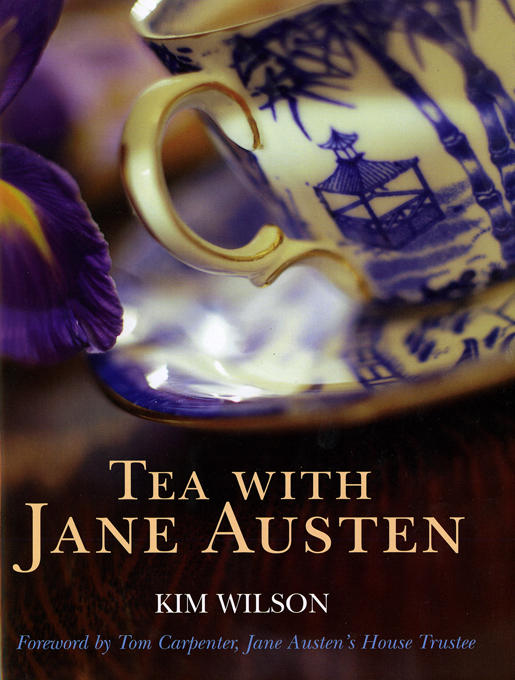 Books are a lot like meals; sometimes you want something long, drawn-out and filling, other times you want something light and easy, but with enough substance to make it worthwhile. I have to admit that my current diet of epic-length tomes left me wanting something I could sink my teeth into without sinking into the couch for an inordinate amount of time. So when this book came to my attention, I thought, tea-time it is!
Books are a lot like meals; sometimes you want something long, drawn-out and filling, other times you want something light and easy, but with enough substance to make it worthwhile. I have to admit that my current diet of epic-length tomes left me wanting something I could sink my teeth into without sinking into the couch for an inordinate amount of time. So when this book came to my attention, I thought, tea-time it is!
With sections on tea in the morning and evening, shopping for tea, and tea while traveling, Ms. Wilson gives a peek into the world of tea in English society at all levels. There is also a section on tea and health that gives a disturbing look at how far smugglers would go to sell “tea” to their customers (the image of modern day drug peddlers cutting their wares with rat poison springs to mind), but also shows that even in that period, tea was taken for medicinal purposes. I’d take a cup of tea rather than a bowl of leeches any day!
Information is presented in a variety of ways, from general discussion to historical example and descriptions of famous places like Twinings and Sydney Gardens. Quotes from Jane Austen’s own personal letters, as well as her famous novels, illustrate most of what is discussed. The author blends all of these different voices together seamlessly. The sections are easy to read and can be broken down into their smaller parts and enjoyed a little at a time, great while taking a quick break with a cup of tea, which I wouldn’t doubt was completely intentional.
There are many beautiful illustrations throughout the book too, making it visually interesting on top of all the information presented. As someone interested in cultural history, I found the author’s discussion of such various topics as military men and their tea, as well as tea as entertainment for upper-crust society fascinating.
Wilson helps in recreating proper tea time accompaniments of the period by reprinting recipes from the era, along with modern versions that make things easier for today’s cooks. It’s not the healthiest of fare — be prepared to use a whole lot of butter, and don’t you dare count the number of egg yolks — but it all sounds delicious. Readers who are interested in throwing an authentic early 17th-century tea party will have plenty of treats to choose from. The author also throws in a recipe for party punch, as well as information on how to make gruel and barley water, two items I’d always read about but never had an idea of what actually went in to making them. Outside of their ability to recreate the past, these recipes shine some light on many of the books of the time, including many of Jane Austen’s own works; I’ll have a better picture of what’s going on in these stories gastronomically, which will make reading them that much more interesting.
At a mere 97 pages, I have to admit I wasn’t holding out much hope for anything really engaging at first. Instead, I found a treasure trove of information disguised as a coffee (tea?) table book that kept my interest and left me happily surprised. Tea lovers, cultural historians and people with an interest in learning about how one of the most basic items in our kitchen became such a mainstay are sure to find a lot to like in this book, and will probably learn a thing or two. Jane herself would probably call it a most pleasant diversion indeed, and I’d have to agree.
(Jones Books, 2004)
